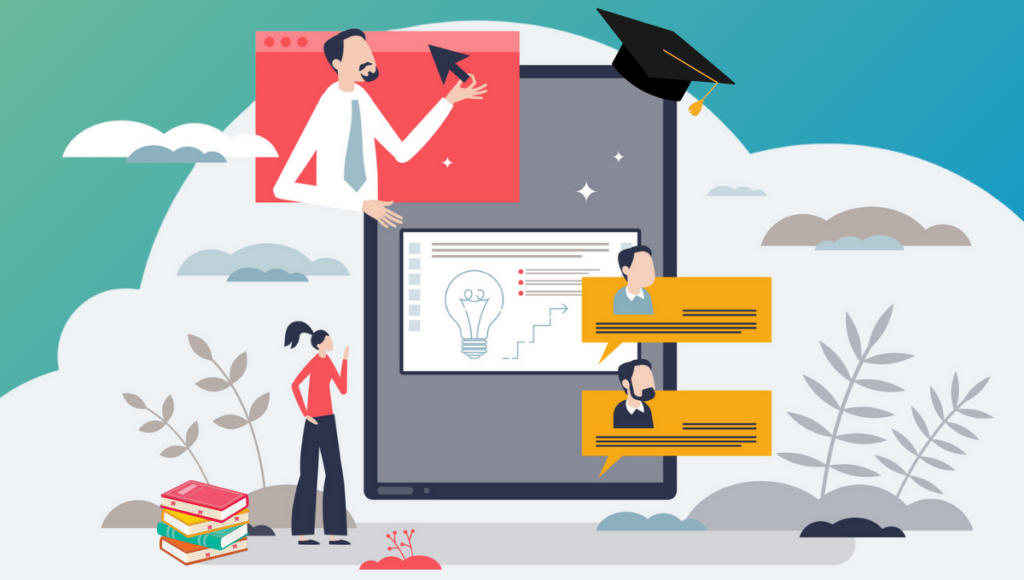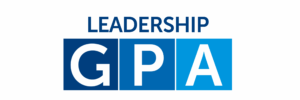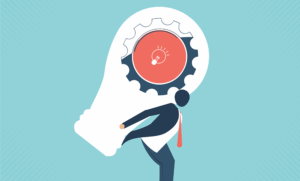Corporate learning has come a long way over the past 40 years, from classroom work in the 1980s to courses on floppy discs in the 90s, learning management systems (LMS) over the internet in the early 2000s, and most recently, learning experience platforms (LXPs) that personalize lessons and make recommendations of what to learn next.
This journey is ongoing. The pandemic has made virtual work — and learning — a staple in modern organizations. Teams are dispersed, and surveys suggest hybrid work is here to stay. Unfortunately, even LXPs have limitations that prevent them from truly serving organizations’ needs around culture change.
Organizations need something better — something fit for our modern era of hybrid work.
NLI has been evolving and experimenting with the right learning modalities. We’ve turned to the science of learning and behavior change to build a first-of-its-kind platform for learning that lasts — and changes culture. It’s called the Habit Activation Platform, or HAP. Organizations that use the HAP as their go-to learning platform can expect faster learning, greater engagement, deeper retention, and more profound shifts in behavior.
What’s the HAP?
LXPs are currently the gold standard for learning, but they don’t support learners in all the ways science knows to be effective. For example, while LXPs shift the focus from top-down learning to employee-driven learning, they don’t ensure a consistent experience across all learners or bring people together around shared concepts.
This shortcoming matters because we know that people change their behaviors largely based on what other people are doing — what’s normalized. Since culture change requires that people tilt their behaviors in the same direction, thereby making a new set of practices more normal than what people did previously, LXPs don’t go far enough. They may educate people in isolation but won’t shift a culture in unison.
This is where the HAP surpasses LXPs as the most cutting-edge way employees can learn. It builds on NLI’s digital learning platforms, the Distributed Learning Solution (DLS) and High-Impact Virtual Experience (HIVE) — two methods of delivering rich learning experiences in bite-sized formats at a wide scale — and combines the best of all current learning modalities in a digital, AI-enabled platform.
How the HAP works
When team members join the HAP, they all go through the same curriculum for three weeks to build one habit at a time before a new three-week period opens up. It’s up to each person how they space out the learning over each period. This ensures everyone is learning and socializing around the same material in the same time frame — an approach called “social learning,” which has been shown to improve retention. Meanwhile, having the freedom to space out the lessons gives learners the autonomy to learn according to the schedule that works best for them.
In addition, as users go through the modules, their lessons are supplemented by a variety of science-backed strategies for enhancing what they learn, including before-and-after scenarios, if-then plans, user-generated responses, and access to NLI’s custom chatbot, NILES.
- Before-and-after scenarios: Each lesson includes a short story about a character dealing with the problem at hand. In the “before” scenario, the character struggles to make sense of the situation. At the end of the lesson, the “after” scenario shows how the person might shift their behavior based on the insights they gleaned from the lesson. This contrast offers users clarity around what needs to change to make the right impact.
- If-then plans: A proven technique for behavior change is creating an if-then plan, which moves us from places of inaction to action. An if-then plan takes the form of “If I’m in X situation, then I will perform Y action.” HAP users build their own if-then plans so they can start to implement the behaviors they just learned.
- User-generated responses: To get people’s gears turning, the HAP will often ask users to list issues or challenges they currently face in their own work. Prompting people to come up with their own answers has been shown to generate new connections and deepen engagement with the learning material.
- NILES: NILES stands for Neuro Intelligent Leadership Enhancement System. Trained on NLI’s decades of neuroscience-backed research, it serves as each user’s personal assistant and coach for answering questions about key concepts in real time and offering plans as next steps — right at the moment users become curious.
The science behind the HAP
As we’ve written before, social learning underpins everything NLI offers to learners. Learning in the company of others — including a dynamic virtual environment such as the HAP — is the most effective way to store information in the brain so people can use it to shift their behavior. Learning the same material together, as a cohort, enhances retention in a way solo study can’t match.
The HAP also follows the science of habit formation. It builds one habit at a time over time. Most LXPs give users too much information all at once. The experience becomes overwhelming, and retention suffers.
In contrast, the HAP recognizes the benefits of spacing learning out. It gives users just one habit to focus on at a time. Once that habit has been built, it moves on to the next one. Learners never become overwhelmed because the pace is always manageable.
This has the added benefit of keeping learners’ attention. Research suggests that we can’t focus for much more than 20 minutes at a time. The HAP is designed to require even less attention: 15 minutes at the most. Learners can start a lesson, get up to speed on a new topic quickly, and return to the work they were doing beforehand.
With the science of learning and behavior change embedded into the HAP, the platform builds a community of learners who have shared experiences together. They’re constantly learning from each others’ journeys and building on what they learned on their own.
The future of learning
Twenty years ago, the LMS revolutionized how employees learned. It centralized information and made it easily accessible to everyone. LXPs have innovated on that breakthrough, and the HAP marks the next phase of evolution. Importantly, the HAP makes use of several decades of insight into how humans learn best, and it embeds that wisdom into the learning journey.
The first solution running on the HAP is LEAD: The Neuroscience of Effective Management. This solution helps managers master the essential skills of leadership, including growth mindset, psychological safety, and accountability, so they can keep team members in the right frame of mind to drive results.
Already, the HAP is producing promising results: Preliminary data indicates that 97% of LEAD participants are applying each skill they learned at least once per week, with 72% applying each skill three or more times per week. In the future, NLI plans to roll out more of its solutions on the HAP, including DECIDE: The Neuroscience of Breaking Bias. NLI’s learning solutions have impacted 5 million employees across 66% of the Fortune 100. Now, bringing you these solutions through the HAP will let us deepen this impact, helping millions more people build better habits in their working lives.






